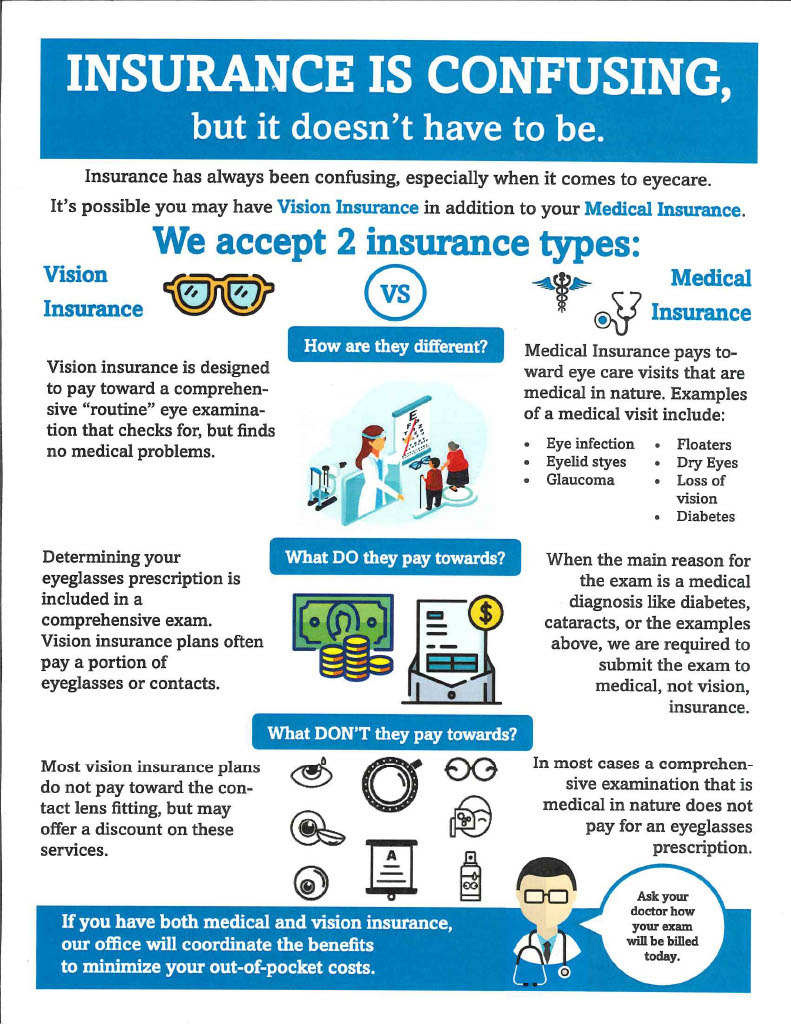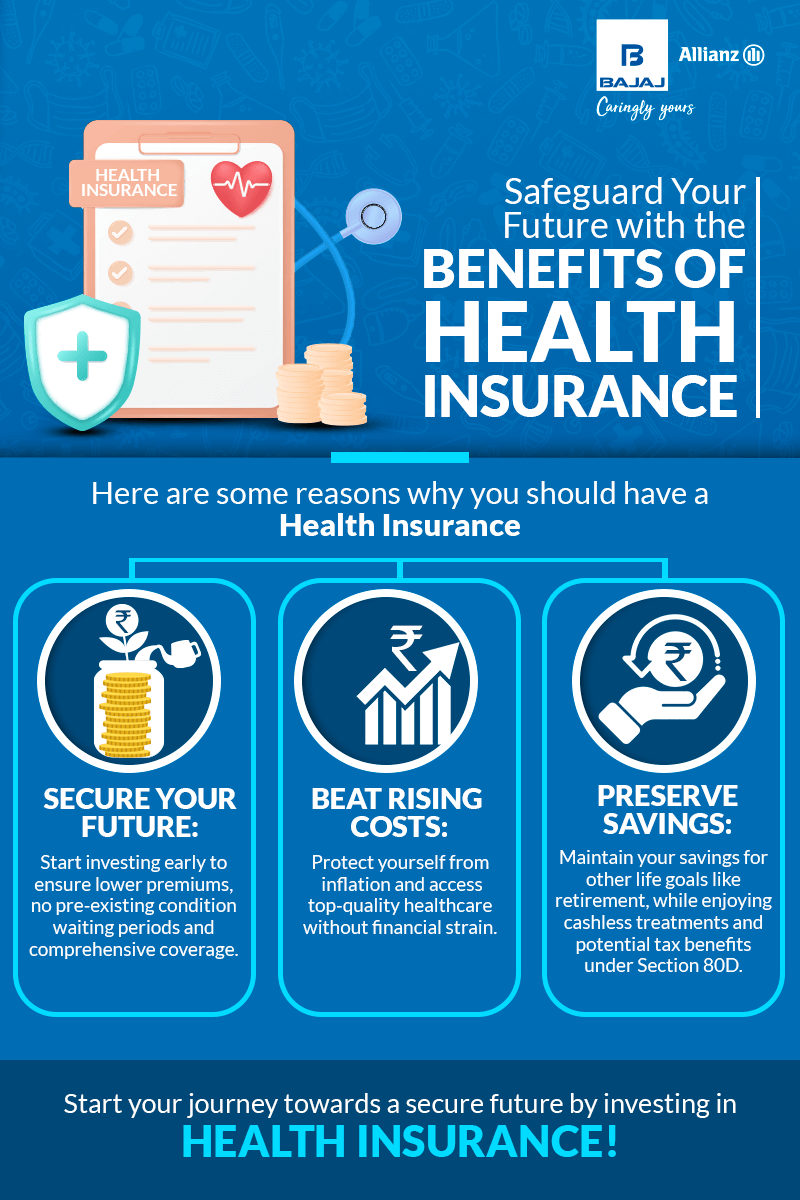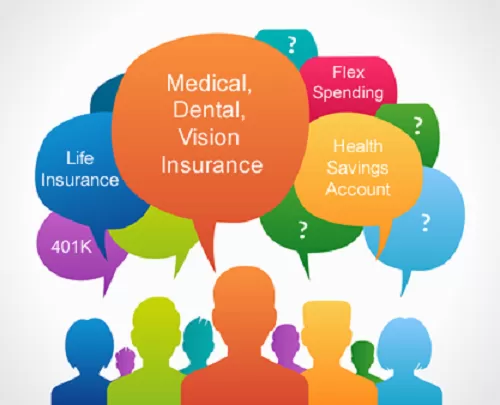The Greatest Guide To Medicare Advantage Agent
The Greatest Guide To Medicare Advantage Agent
Blog Article
Little Known Facts About Medicare Advantage Agent.
Table of ContentsThe Ultimate Guide To Medicare Advantage AgentMedicare Advantage Agent for BeginnersThe Greatest Guide To Medicare Advantage Agent

adheres to from confusing the fairly young age account of the uninsured with the much better health, on average, of more youthful individuals. This obscures the web link between health status and medical insurance. For those without access to work environment health insurance policy, bad health is a possible obstacle to buying nongroup insurance coverage since such protection might be very priced, leave out pre-existing conditions, or be merely inaccessible. The variety of uninsured Americans is not specifically large and has actually not transformed in recent years. 7 out of 10 respondents in a country wide representative survey thought that fewer Americans did not have wellness insurance than in fact do(Fronstin, 1998). Roughly fifty percent(47 percent )thought that the number of individuals without wellness insurance coverage decreased or remained constant over the latter fifty percent of the last years(Blendon et al., 1999). This decline of almost 2 million in the variety of individuals 'without insurance policy (a reduction
of about 4 percent)is certainly a positive change. With a softer economy in 2000 the newest reported gains in insurance policy coverage might not proceed(Fronstin, 2001 ). The decrease in the number of without insurance will not continue if the economy continues to be slow-moving and health and wellness care prices remain to surpass rising cost of living. This is since the information were gathered for a period of strong financial efficiency. Of the approximated 42 million people that were without insurance, almost about 420,000(regarding 1 percent)were under 65 years of age, the age at which most Americans end up being eligible for Medicare; 32 million were adults in between ages 18 and 65, around 19 percent of all adults in this age; and 10 million were youngsters under 18 years of age, regarding 13.9 percent of all kids (Mills, 2000). These price quotes of the variety of persons uninsured are produced from the annual March Supplement to the Current Population Study (CPS), performed by the Demographics Bureau. Unless or else kept in mind, national quotes of individuals without medical insurance and proportions of the population with different type of coverage are based upon the CPS, one of the most extensively used resource of price quotes of insurance coverage and uninsurance rates. These studies and the estimates they generate are described briefly in Table B. 1 in Appendix B - Medicare Advantage Agent. These studies vary in dimension and tasting techniques, the questions that are asked concerning insurance policy
The Greatest Guide To Medicare Advantage Agent
protection, and the time duration over which insurance coverage or uninsurance is determined(Lewis et al., 1998, Fronstin, 2000a ). Still, the CPS is especially beneficial since it produces yearly price quotes reasonably quickly, reporting the previous year's insurance policy coverage approximates each September, and since it is the basis for a consistent set of quotes for even more than two decades, enabling evaluation of fads in insurance coverage gradually.

Getting The Medicare Advantage Agent To Work
Over a three-year duration starting early in 1993, 72 million people, 29 percent of the U.S. populace, lacked insurance coverage for at the very least one month. Within a solitary year(1994), 53 million individuals experienced a minimum of a month without insurance coverage(Bennefield, 1998a). Six out of every ten uninsured grownups are themselves employed. Functioning does enhance the possibility that one and one's household participants will have insurance coverage, it is not an assurance. Even participants of family members with two full time wage income earners have practically a one-in-ten opportunity of being uninsured (9.1 percent uninsured rate)(Hoffman and Pohl, 2000 ). The partnership between wellness insurance coverage and accessibility to care is well established, as recorded later on in this chapter. Although the partnership between wellness insurance and health and wellness end results is neither direct neither basic, an extensive medical and wellness services research literature links medical insurance coverage
to enhanced access to care, better high quality, and improved personal and populace health and wellness standing. For example, the second report, on personal health end results for without insurance grownups, is stood for by the inner circle of the number, while the 3rd record, on family members wellness, incorporates the subjects of the second record however stresses a various unit of analysis, particularly, the household. The sixth report in the collection will certainly present info concerning techniques and efforts taken on in your area, statewide, or country wide to resolve the absence of insurance coverage and its unfavorable effects. Degrees of evaluation for analyzing the impacts of uninsurance. This discussion of health and wellness insurance policy coverage focuses mainly on the united state population under age 65 because practically all Americans 65 and older have Medicare or other public protection.
In addition, it concentrates particularly on those with no medical insurance for any size of time. The problems encountered by the underinsured remain in some aspects similar to those encountered by the uninsured, although they are usually less extreme. Uninsurance and underinsurance, nonetheless, entail distinctly various plan issues, and the approaches for addressing them might vary. Throughout this research and the five reports to follow, the primary emphasis is on persons without medical insurance and therefore no assistance in paying for health care past what is offered via charity and safeguard organizations. Medical i thought about this insurance is an effective Learn More factor impacting receipt of treatment because both people and medical professionals respond to the out-of-pocket cost of solutions. Medical insurance, nevertheless, is neither required neither sufficient to get to clinical solutions. The independent and straight result of health and wellness
insurance coverage on access accessibility health wellness is well establishedDeveloped Others will certainly acquire the health and wellness treatment they need also without wellness insurance policy, by paying for it expense or seeking it from carriers that use treatment free or at very subsidized prices. For still others, medical insurance alone does not guarantee invoice of care since of other nonfinancial barriers, such as a lack of health care providers in their community, minimal access to transport, illiteracy, or etymological and social differences. Formal research study about without insurance populaces in the USA dates to the late 1920s and early 1930s when the Board on the Price of Medical Treatment created a series of records about funding physician office check outs and hospitalizations. This issue became significant as the varieties of clinically indigent climbed during the Great Clinical depression. Empirical researches consistently support the link in between access to care and improved health and wellness end results(Bindman et al., 1995; Starfield, 1995 ). Having a normal resource of treatment can be considered a predictor of gain access to, instead of a direct measure of it, when health and wellness outcomes are themselves utilized as access indications. This extension of the notion of accessibility dimension was made by the IOM Board on Checking Gain Access To to Personal Health Treatment Services(Millman, 1993, p. Whether or not moms and dads are insured appears to influence whether or not their youngsters obtain care in addition to just how much careeven if the children themselves have coverage(Hanson, 1998). The health of parents can affect their ability to take care of their kids and the level of household stress and anxiety. Worrying regarding their kids's accessibility to care is itself a source of tension for parents. Three phases comply with in this report. Chapter 2 supplies a summary of how employment-based wellness insurance policy, public programs and individual insurance plan operate and communicate to supply extensive their explanation however incomplete coverage of the united state populace. This includes an evaluation of historic fads and public laws impacting both public and private insurance coverage, a conversation of the communications among the various kinds of insurance, and an examination of why individuals move from one program to one more or end up

Report this page